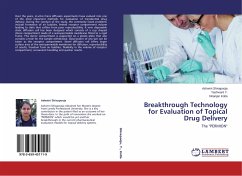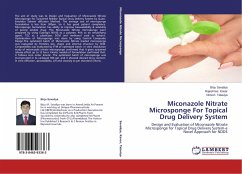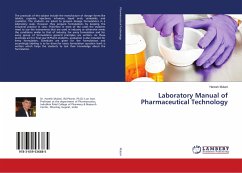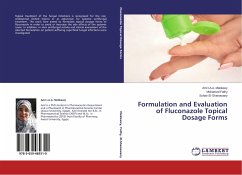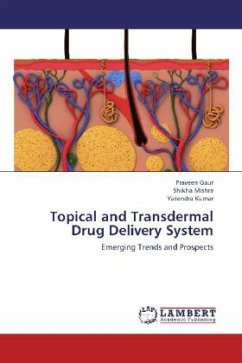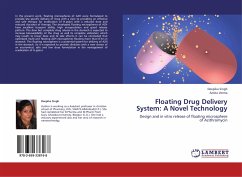Over the years, in-vitro Franz diffusion experiments have evolved into one of the most important methods for evaluation of transdermal drug delivery. During the conduct of the study, the commonly faced problems include formation of air bubbles, limited receptor compartment volume leading to data that suffers from poor reproducibility. A new disposable static diffusion cell has been designed which consists of a cup shaped donor compartment made of a semi-permeable membrane fitted to a rigid frame. This donor compartment is supported on a plastic plate that also contains a hole for the sample withdrawal. Glass beaker of any size can be taken as the receptor compartment. Novel diffusion cell offers larger surface area of the semi-permeable membrane for diffusion, reproducibility of results, freedom from air bubbles, flexibility in the volume of receptor compartment, convenient handling and quicker results.
Bitte wählen Sie Ihr Anliegen aus.
Rechnungen
Retourenschein anfordern
Bestellstatus
Storno

